Welcome to the VDP.Baden
The power of 1800 hours of sunshine in the glass
Baden is a small wine universe of its own – a rather warm and sunny one at that. It is bound on one side by Lake Constance, with its view of the Alpine peaks, and on the other by the magnificent river stretches of the Tauber Valley. There’s a section that contains the gently undulating hills of Heidelberg, and another with the Kaiserstuhl massif that rises high above the Rhine Valley. The center of the region is full of vineyards edging the Black Forest. The diversity of wine variety is more than just a reflection of the zeitgeist, but rather the natural result of real climatic and geological differences.
FROM THE HOT KAISERSTUHL TO THE COOL TAUBER VALLEY ...
Baden, which extends along the Black Forest roughly parallel to the southern Rhine for more than 320 kilometers, is characterized by its spectrum of different landscapes and climates.
Through the so-called Burgundian Gate between the Vosges and the Jura, Mediterranean air flows through the Rhone and Saône valleys into the Rhine Valley. While summers in the south around the Kaiserstuhl and down to Schliengen are typically hot and dry with Mediterranean temperatures and calcareous soils, the climate to the north becomes somewhat more moderate. However, even here it is still mostly characterized by the warm Upper Rhine Plain, which, geologically speaking, extends northwards as far as Frankfurt on Main.
The diverse subsoils from limestone, volcanic rock, gneiss and granite to gypsum keuper are covered in many places by loess, which was formed during the cold periods of the earth's history and has accumulated over thousands of years as a result of drifts.
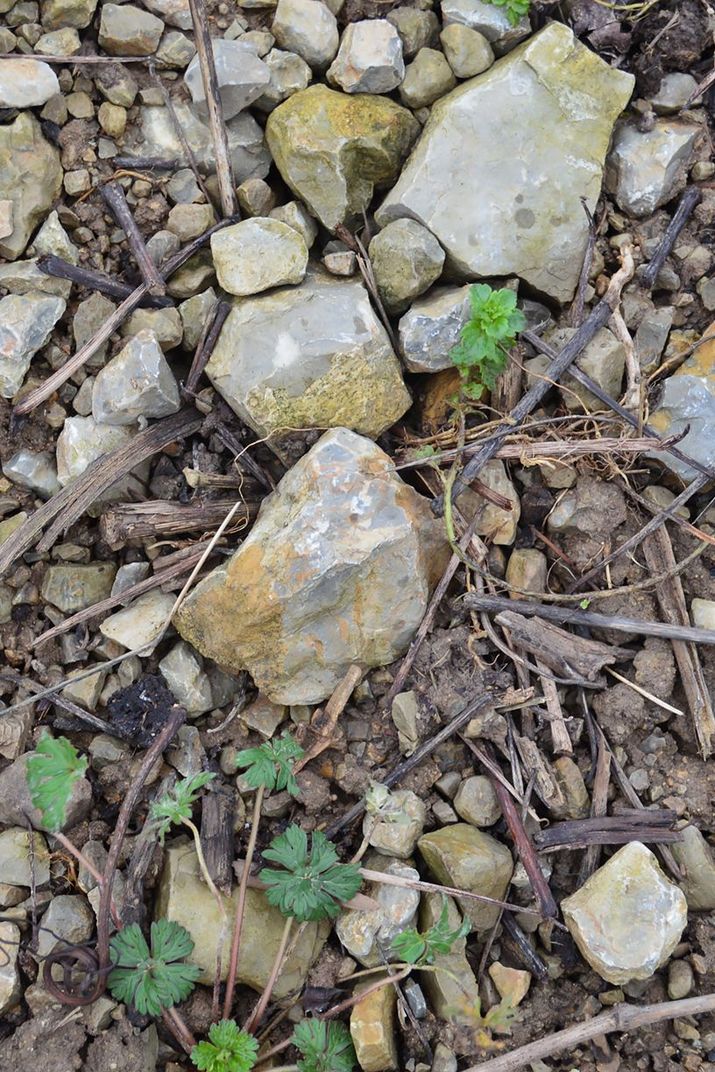
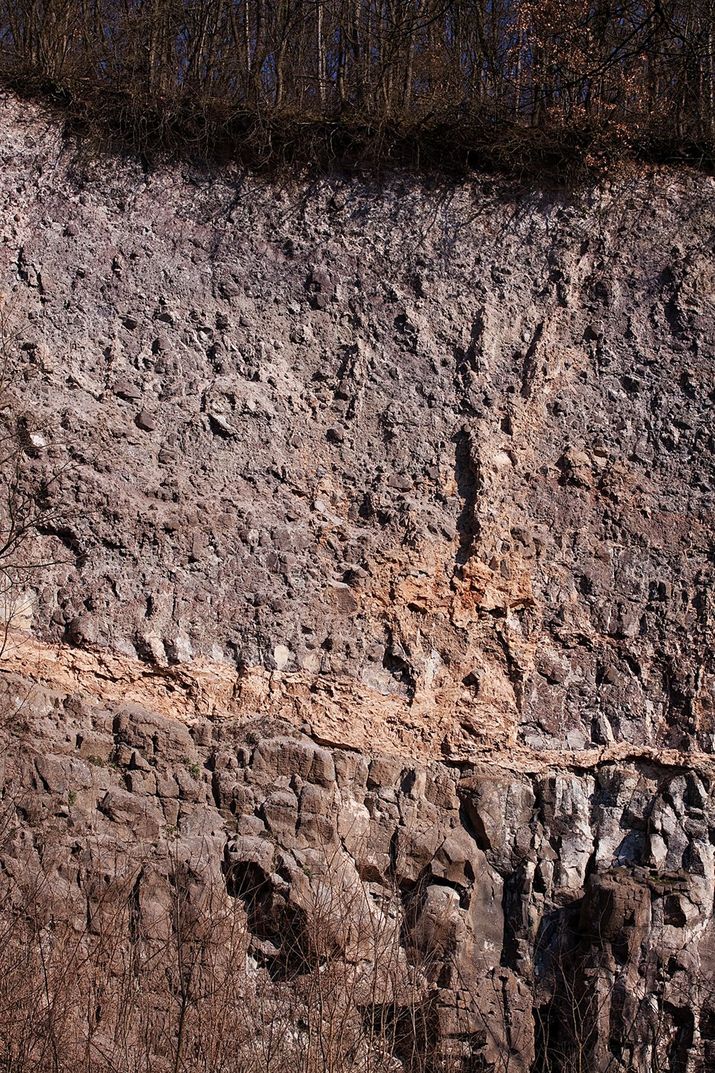
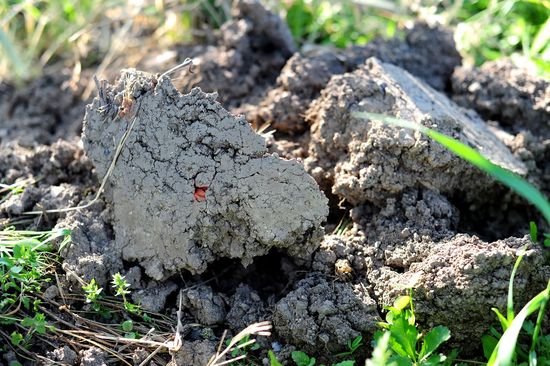
The region’s northeastern spurs near Wertheim reach almost as far as the Main.
The temperature fluctuations differ between north and south by over 1.5° in the annual average. Southern Baden receives 145 hours of sunshine per month on average, while northern locations enjoy 138 hours. The amount of precipitation at the western foothills of the Black Forest is usually up to twice as much as the winegrowing areas in the Upper Rhine Plain, around Heidelberg or on the Main; this translates into 600 – 800 L/year on the Kaiserstuhl or up to 1,400 L/year for the higher-elevation sites of the Ortenau.
Baden is dominated by the varieties of the Pinot family. Led by the main grape variety Spätburgunder, “Burgunder” (Pinot) grapes occupy more than half of Baden's total vineyard area; at the region’s VDP estates, almost two-thirds. At first glance, Riesling plays a smaller role in terms of quantity, with eight percent of the area under vine; for some estates in the Riesling enclaves of Ortenau and Kraichgau, however, Riesling represents over 90 percent of their portfolio. It is not only here and in the Kraichgau that Baden Rieslings of extraordinary quality are produced, which together with the Pinot family grapes form the heart of the Baden top wine universe.
NATURAL WINE ADHERENTS SINCE 1907
VDP.Baden’s origins harken back to 1907, when four natural wine growing associations were founded. The associations joined together in 1908 as the Verband der badischen Naturweinbau-Vereine, which in 1910 then became founding members of the Verband deutscher Naturweinversteigerer (the forerunner to today’s VDP.Die Prädikatsweingüter). Before the introduction in 1971 of what is today a generally accepted and legally regulated division of wines into table wines, quality wines and Prädikatsweine, "unimproved" wines were referred to as natural wines.
During the Second World War the vines remained untended or were destroyed. In addition, the experts who could have restored the vineyards to a productive state were either fallen in war, weakened, damaged or outdated. It was not until 1950 that the organization was reactivated in Offenburg during a conference of Baden wine producers. Various name changes of the association followed in the period from 1955 to the 70s.
MILESTONES OF THE VDP.BADEN:
1986 VDP.Baden is founded in Angelbachtal-Michelfeld. It joins the national association in the same year and recognizes its statute.
2007 The members of the regional association celebrate their 100th anniversary.
2012 Introduction of the four-level VDP classification system.
2013 The best sites are defined more clearly and labeled with more narrow geographical indications (blocks). This takes account of the heterogeneous merging of many oversized individual sites by the 1971 Wine Act.
FORMER CHAIRMANS:
Claus Burmeister (Chairman) | 2001 - 2009
Adrian Graf von Hoensbroech (Chairman) | 1999 - 2001
Rüdiger Graf von Hoensbroech (Chairman) | 1986 - 1999
Rosemarie Blankenhorn (Deputy Chairman) | 2009-2013
Rainer Bercher (Deputy Chairman) | 2001-2009
Hubert Doll (Deputy Chairman) | 2001-2009
Wolf Dietrich Salwey (Deputy Chairman) | 1986 - 2001
Board of directors of the VDP.Baden
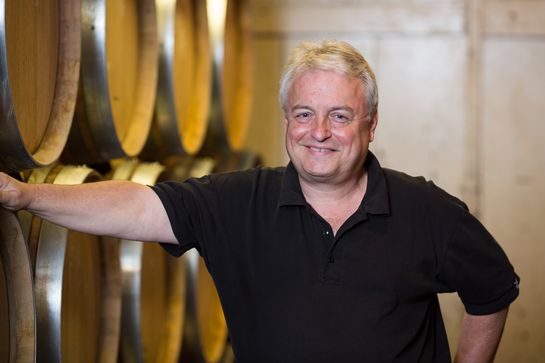
CHAIRMAN VDP.BADEN
JOACHIM HEGER
VDP.Estate Dr. Heger
Bachenstrasse 19
79241 Ihringen
Mail: info@heger-weine.de
Website: www.heger-weine.de
PHONE: +49 (0)7668/995110

DEPUTY CHAIRMAN VDP.BADEN
(since 2013)
ARNE BERCHER
VDP.Estate Bercher
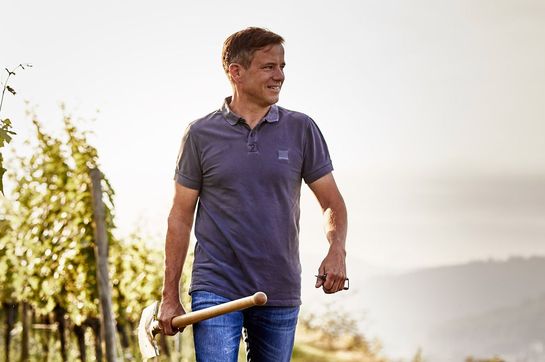
DEPUTY CHAIRMAN VDP.BADEN
(since 2013)
MARKUS WÖHRLE
VDP.Estate Wöhrle
Weinbergstr. 3
77933 Lahr
Mail: info@woehrle-wein.de
PHONE: +49 (0)7821/25332
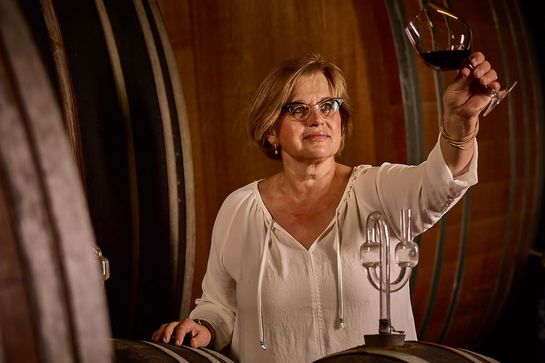
ACCOUNTANT
REGINA STIGLER
VDP.Estate Stigler
Bachenstr. 29
79241 Ihringen
Mail: info@weingut-stigler.de
PHONE: +49 (0)7668/297
Contact to the VDP.BADEN
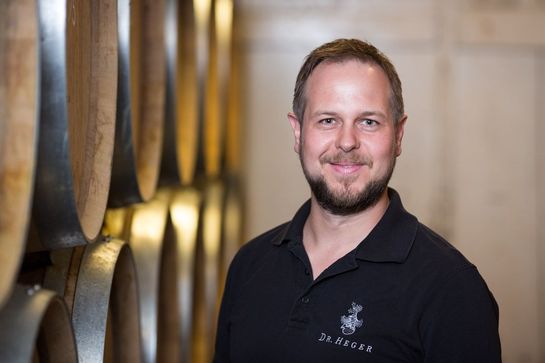
OFFICE VDP.BADEN
TIMO RENNER
Neunkircherstr. 16
D-79241 Ihringen
PHONE: +49 (0)7668 2004992
Fax: +49 (0)7668 2004993
Mail: info@vdp-baden.de

PHILOSOPHIE
VDP.AUKTIONEN

